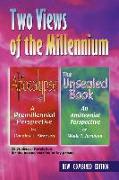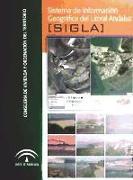- Start
- Vanadium Compounds: Biochemical and Therapeutic Applications
Vanadium Compounds: Biochemical and Therapeutic Applications
Angebote / Angebote:
In vitro and animal studies show that vanadate and other Because most cellular components contain hydroxyl and/or vanadium compounds increase glucose transport activity and phosphate groups, vanadate reacts as shown in eq. 1, and 2 normalize glucose metabolism [1-5]. Furthermore, these with a variety of metabolites. For example, the reaction of insulin-mimetic compounds can be administered orally. Vana vanadate with the 2'-hydroxyl group of the cofactor NAD date enhances the phosphoprotein formation which is attrib generates an NADP analog, NADV (path b) [22]. NADV is uted to either the activation of protein kinases or inhibition an excellent cofactor for enzymes such as glucose-6-phos of protein phosphatases. Despite the interest in document phate dehydrogenase, 6-phosphogluconate dehydrogenase, ing the effects of vanadate on protein kinases, most reports and alcohol dehydrogenase [22]. The presence ofNADV have used indirect methods and studies with purified kinases could affect the levels of reducing equivalents in the cell, im show weak, if any, interaction of vanadate with kinases as portant in maintaining a normal glucose metabolism. This a group of enzymes (reviewed in Refs. [6-8]). Vanadate type of mechanism is distinct from the vanadate-induced interacts potently with phosphatases and the inhibition is NADH oxidation by plasma membranes [23]. Organic attributed to a five-coordinate vanadate complex which vanadates have been shown to substitute for organic phos mimics the transition state of the phosphate ester hydroly phates in many of the enzymes related to glucose metabolism sis reaction (reviewed in Refs. [7, 9]).
Folgt in ca. 15 Arbeitstagen




